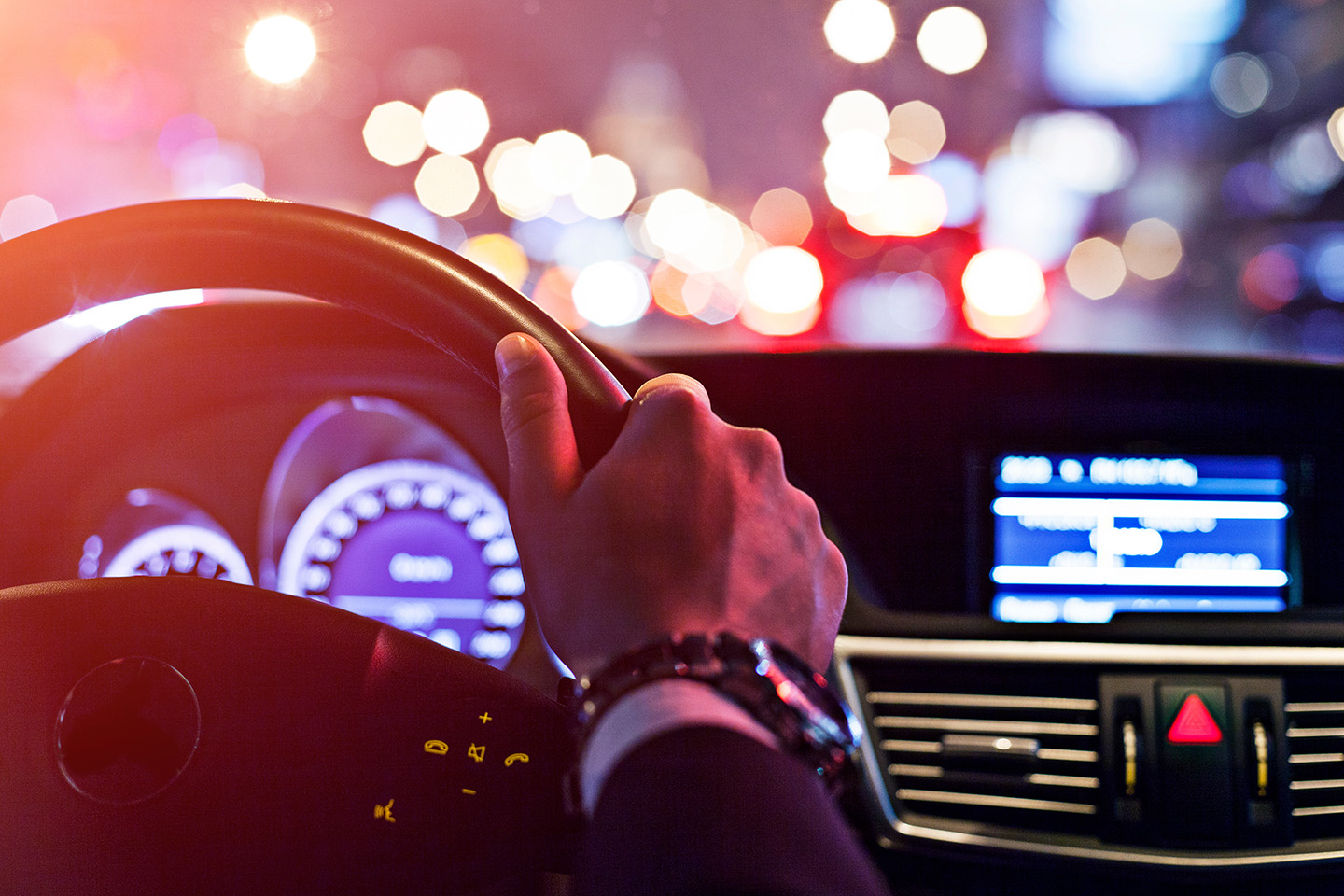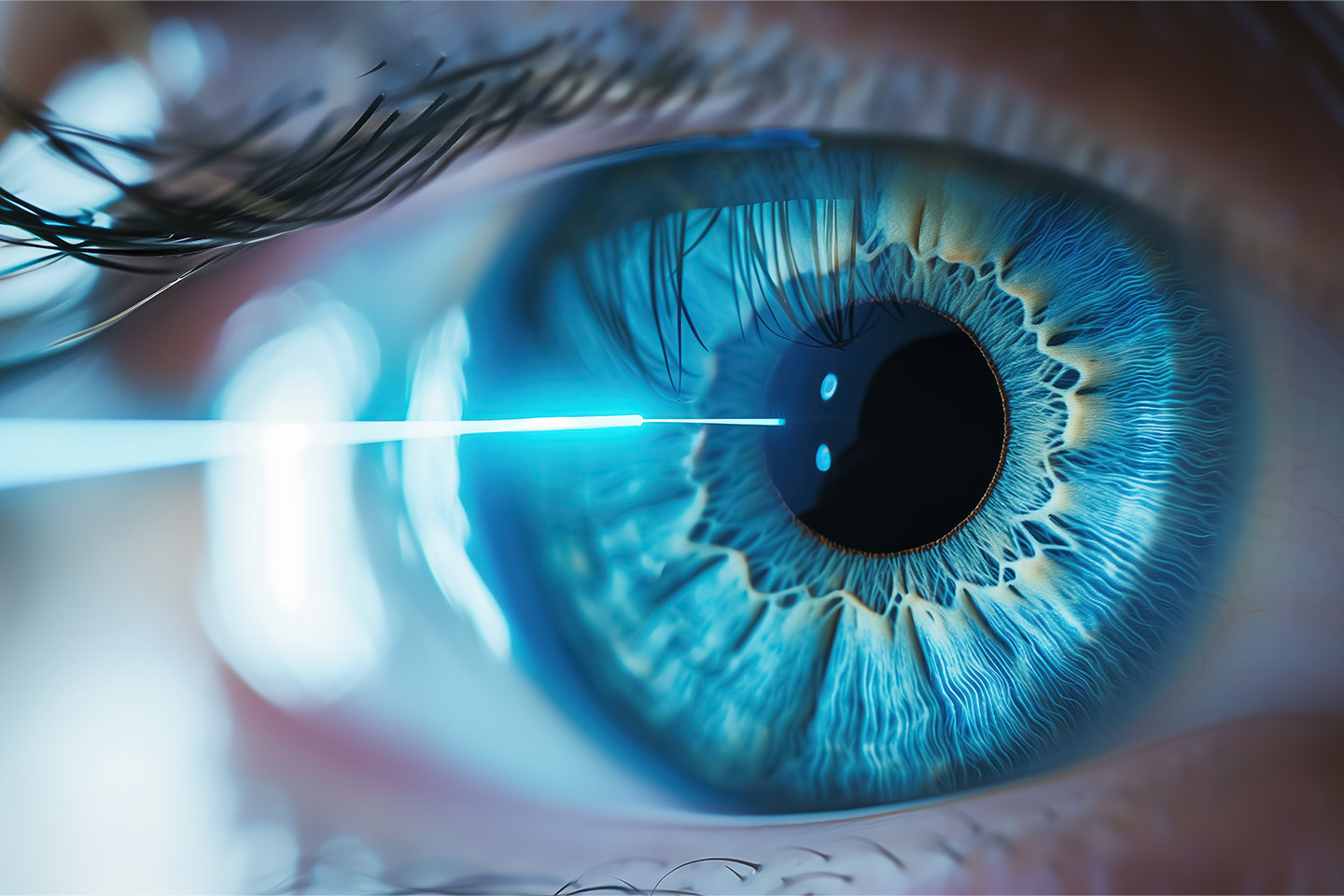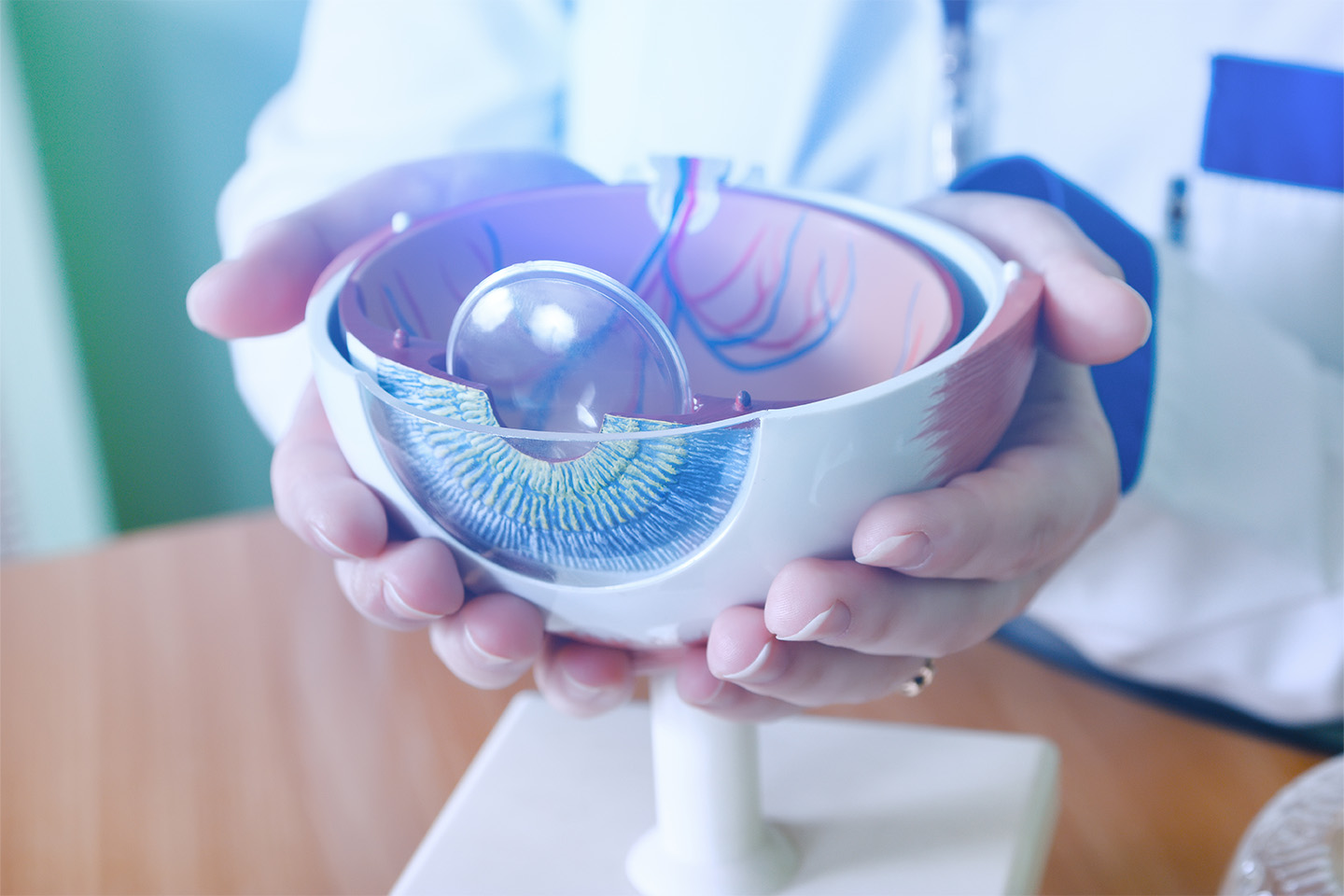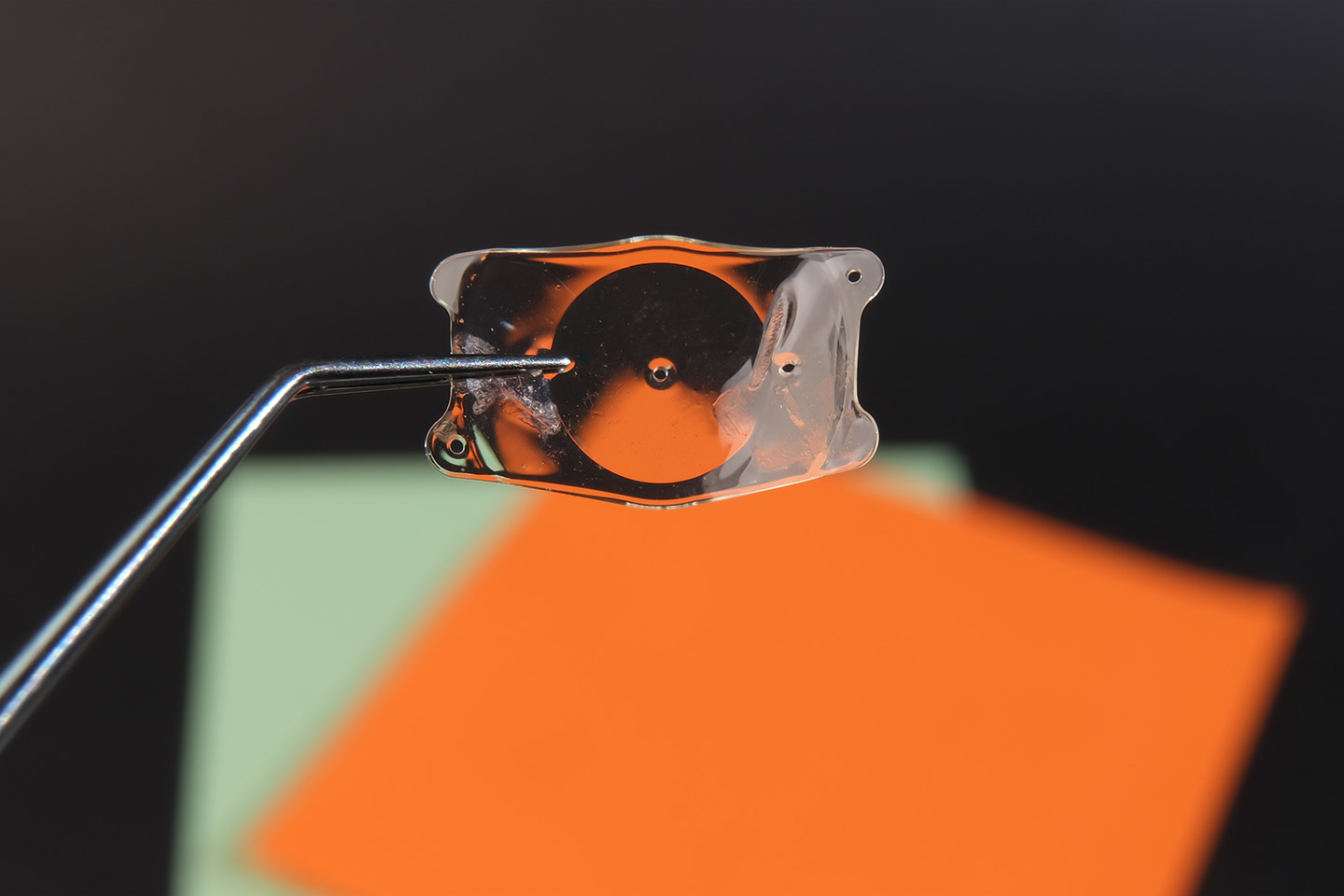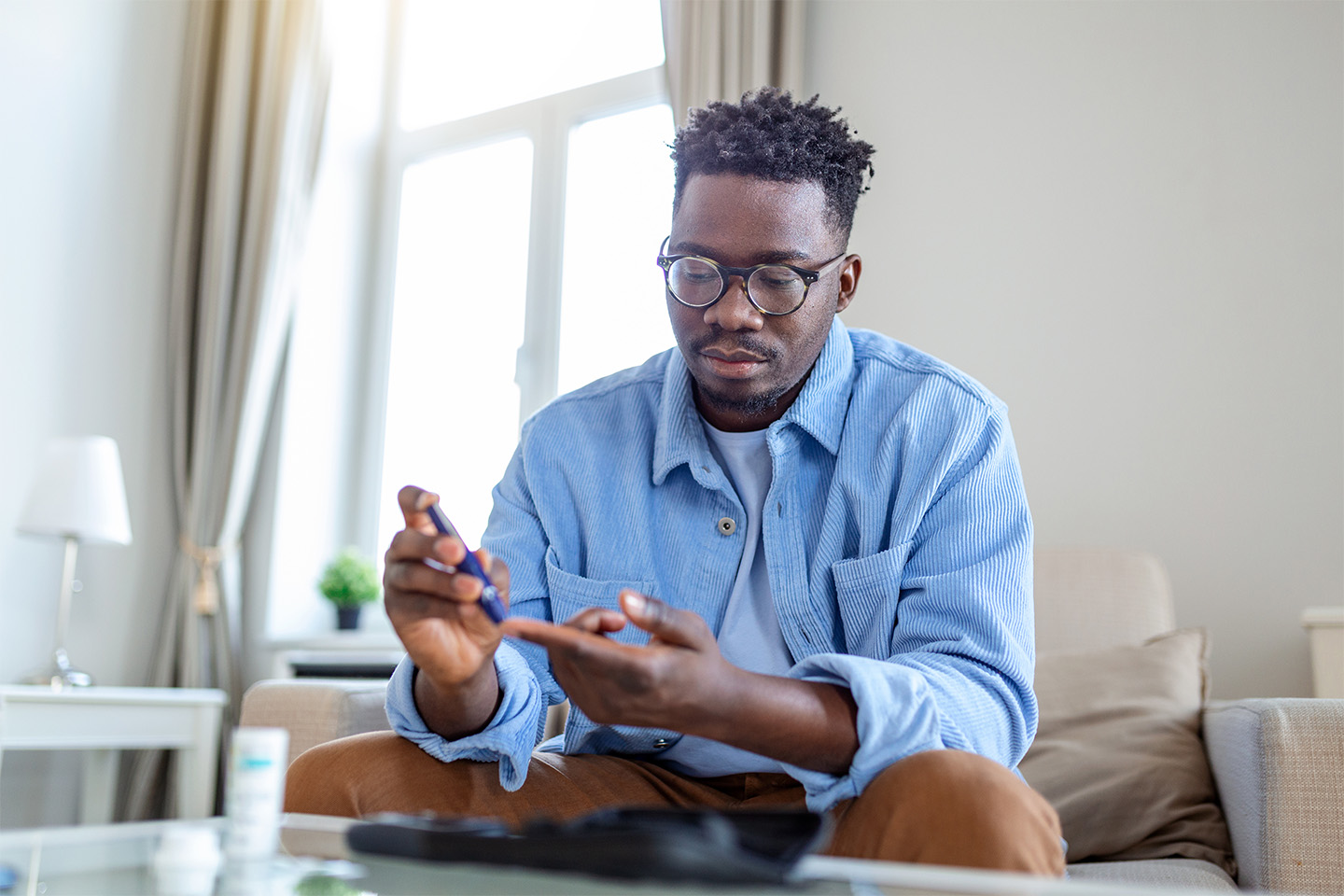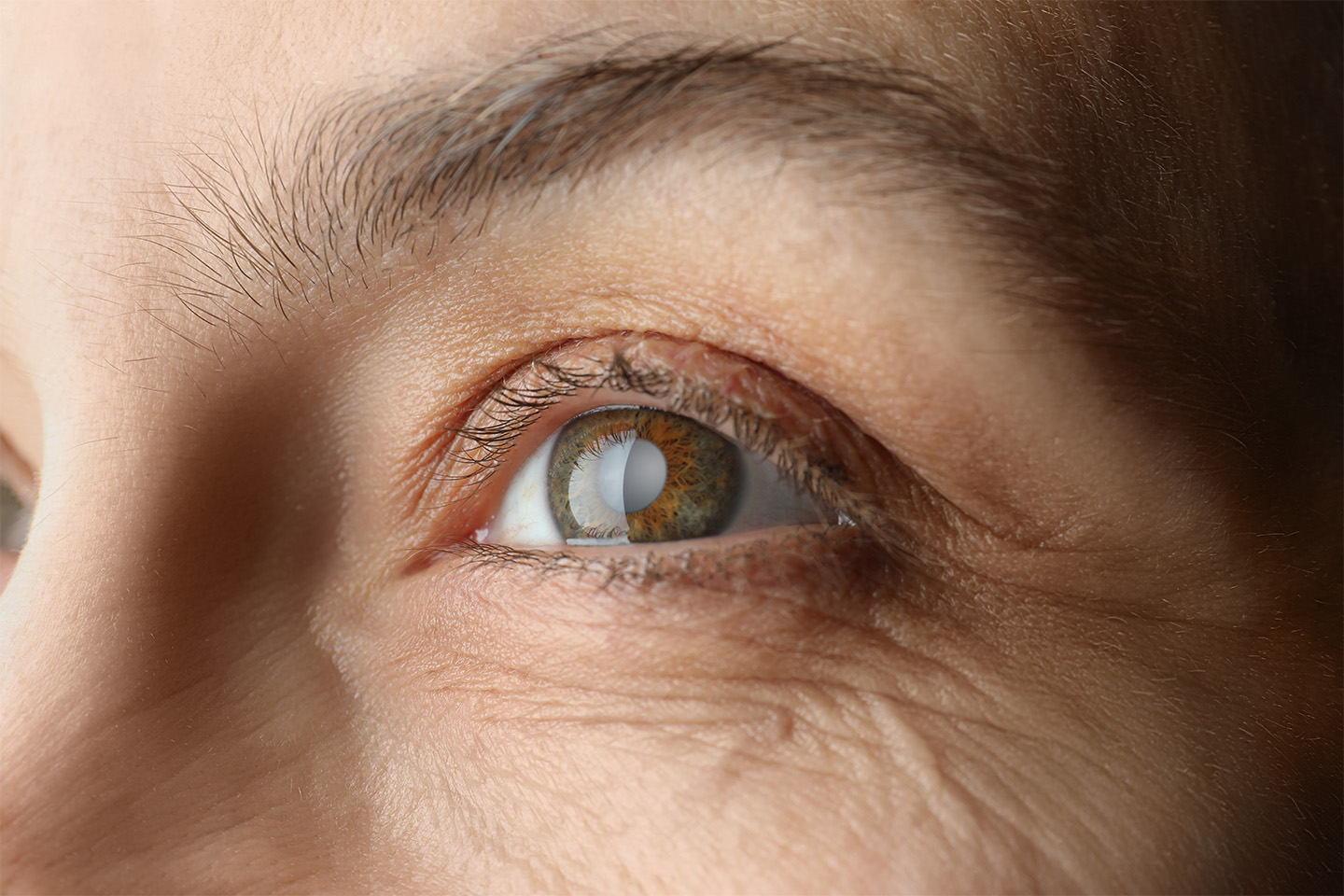6 Tips for Safely Viewing a Solar Eclipse
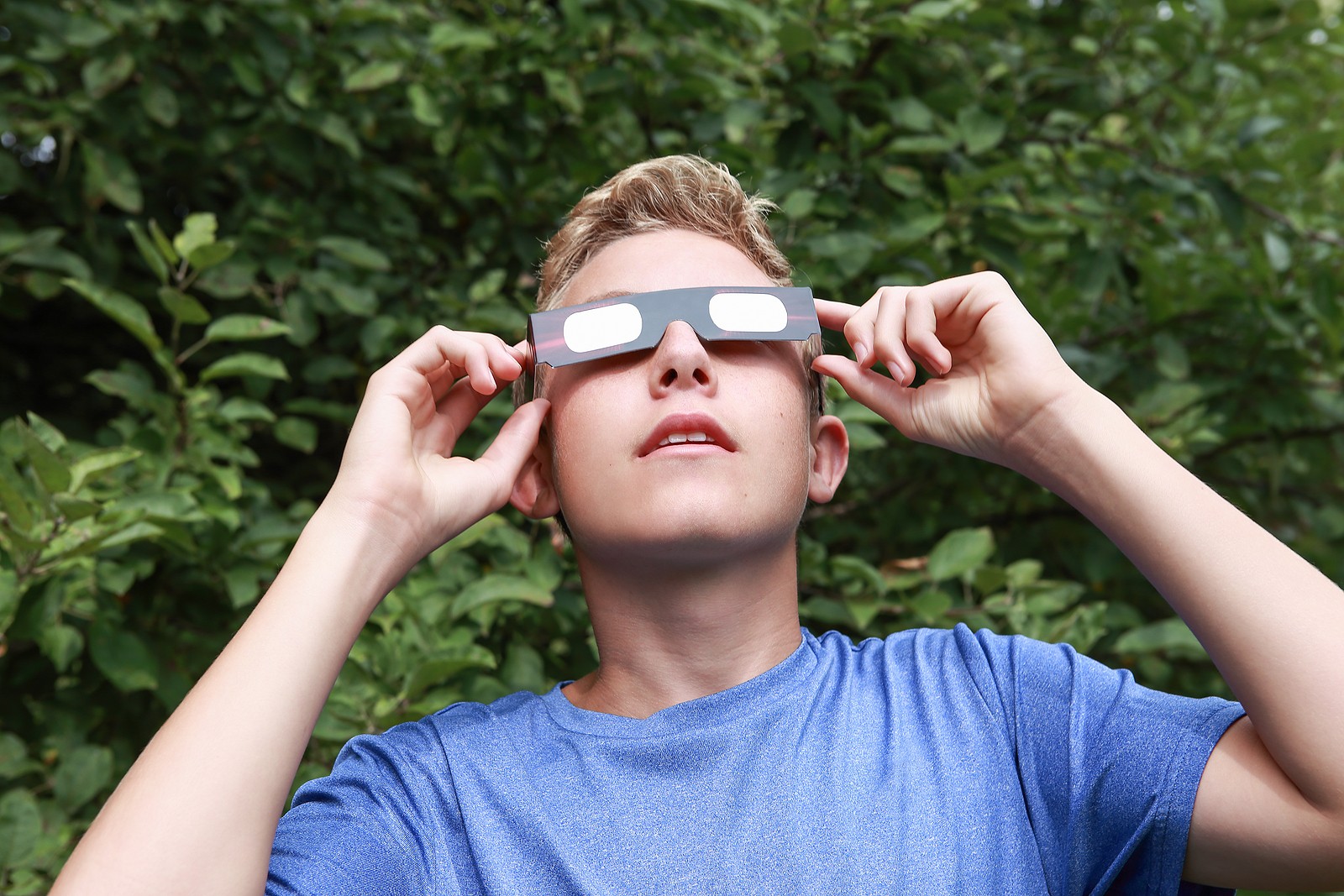
Have you ever seen a solar eclipse? They are visible a couple of times a year in different areas around the world. Fortunately, June 10th, the red solar eclipse will be visible in Texas. Despite its beauty, a solar eclipse poses a serious risk to your eyes if you view it incorrectly.
Continue reading to learn the dangers of looking directly at the eclipse and the best way to view it.
What is a Solar Eclipse?
A solar eclipse occurs when the moon moves between the sun and the earth. This position partially blocks out some or all sunlight, creating a halo effect. It is not safe to look at a partial eclipse at any time, as part of the sun is still visible. During a total eclipse, there is a short period where it may be safe to look at it directly.
However, your best bet is always to use proper eye protection in all instances when looking toward the sun.
Can Looking Directly at the Solar Eclipse Hurt My Eyes?
Looking directly at the sun during an eclipse can cause retinopathy. The solar radiation damages the retinas, the area responsible for transmitting sight to the brain. The area of the retina most commonly affected is at the center, the fovea, making any damage very visually significant. Symptoms of “eclipse blindness,” include:
- Loss of central vision
- Distorted vision
- Altered color vision
These signs take anywhere from four hours to 12 hours to show up. You should visit our eye doctors in greater Dallas as soon as you start experiencing symptoms.
There’s no official treatment for these retinal burns though certain medications may help with discomfort. Natural recovery can take between 3 and 6 months, but permanent blind spots and distortion are possible.
How to Safely View a Solar Eclipse
It’s easy to enjoy the solar eclipse and protect your vision in the process. Be sure to follow these precautions:
1. Use Appropriate Protective Eyewear
Specialized lenses or viewing devices should adhere to the worldwide standard ISO 12312-2. Number 14 welder’s glasses or aluminized mylar plastic offer sufficient protection. Dark sunglasses, DIY fillers, and cheap eclipse glasses do not provide protection from solar radiation.
2. Check for Damage
Before using your glasses, check for scratches, cracks, and tears that would make your protection useless.
3. Read and Follow All Directions
Be sure to put on your glasses before you look up at the eclipse and look away from it before removing your lenses.
4. Carefully Supervise Children
Children are at the greatest risk for eye damage from looking directly at the sun. Explain to them how to use protective gear and monitor them during the viewing.
5. Don’t Use Amplifying Devices
Do not use unfiltered cameras, telescopes, or binoculars to look at the solar eclipse — even if you have on eclipse glasses. The concentrated rays can destroy the filter and lead to serious eye damage.
6. View It Indirectly
The safest way to look at the solar eclipse is indirectly on TV, at the planetarium, or by using a pinhole projection. You can find tutorials for creating inexpensive pinhole projection devices on YouTube!
If you’ll be enjoying the solar eclipse this year, remember to protect yourself and your vision. The experts in cataract and LASIK eye surgery in greater Dallas can examine your eyes after the solar eclipse to ensure your sight is still in top shape.
[DISPLAY_ULTIMATE_SOCIAL_ICONS]